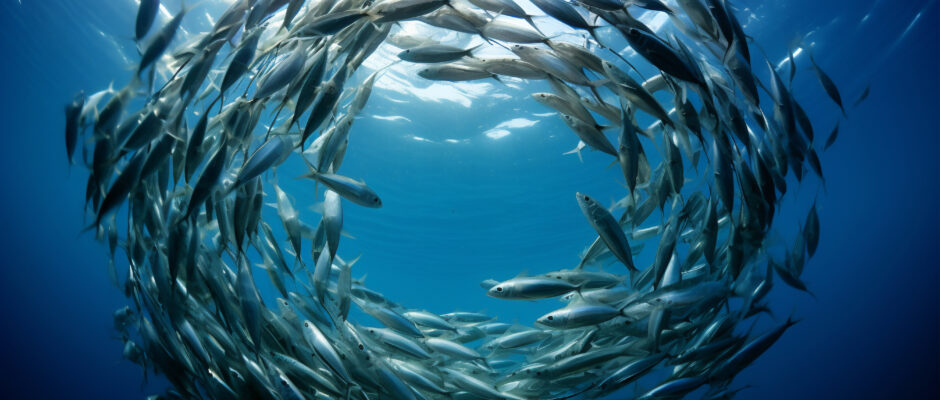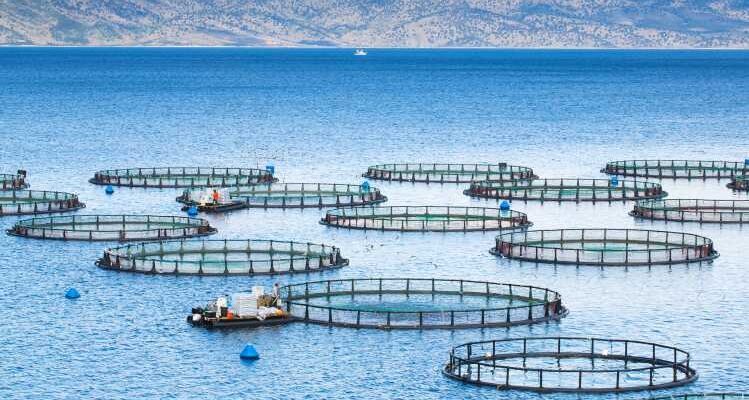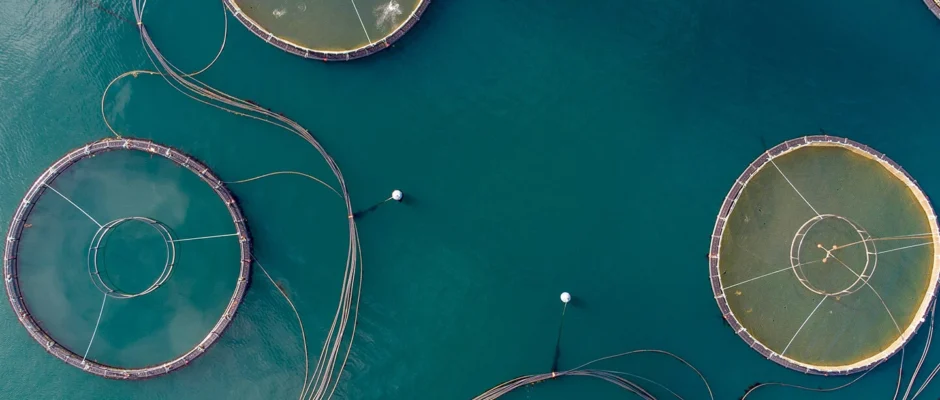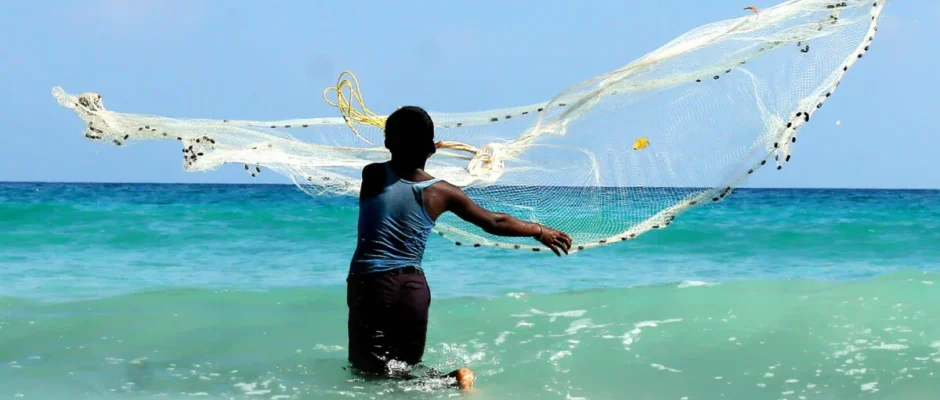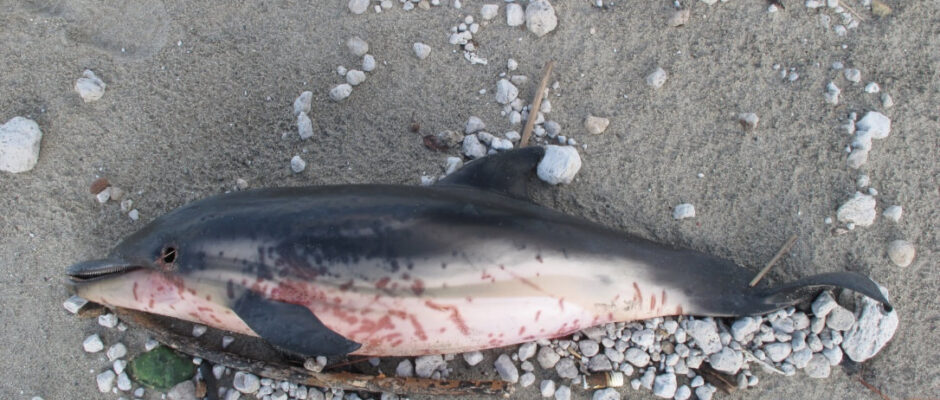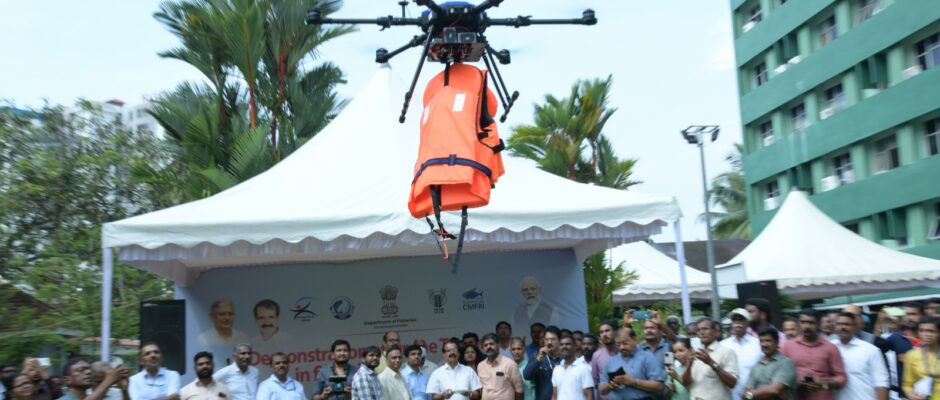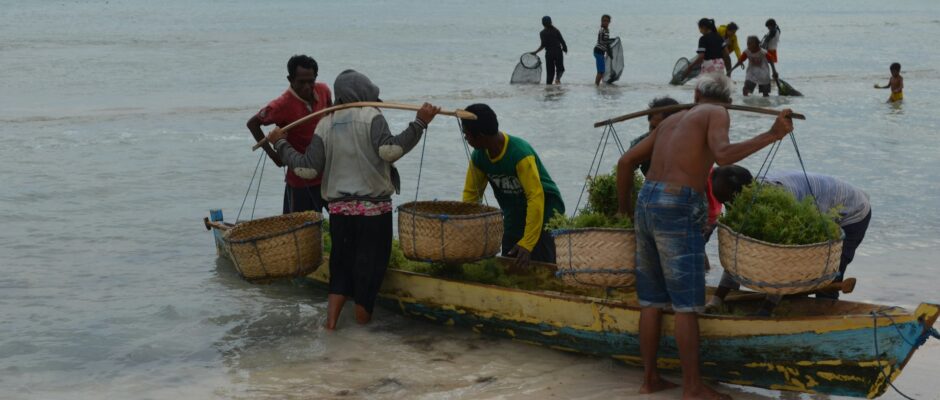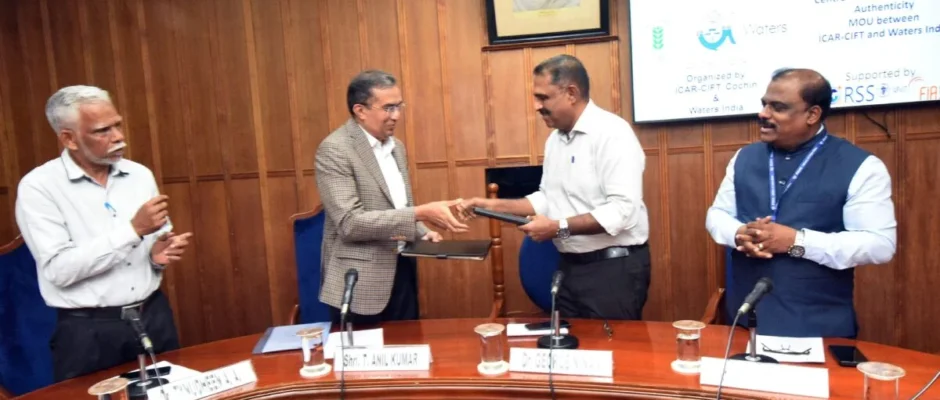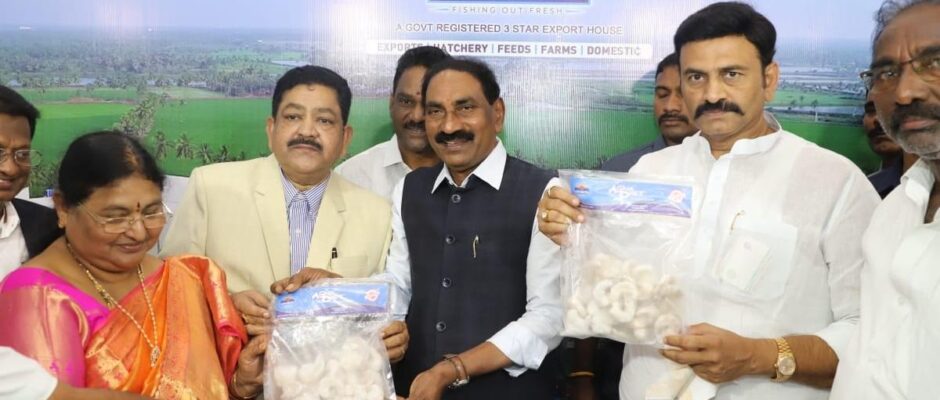World Fisheries Day 2024: Ensuring India’s Waters Continue to Thrive with Life
A Biblical Echo in Modern Waters “Let the waters teem with living creatures” – these words from Genesis resonate powerfully as the theme for World Fisheries Day 2024, serving as both a reminder of ancient abundance and a stark warning about our present reality. As India, with its vast coastline of 8,118 kilometers and rich marine heritage, celebrates this day on November 21, we find ourselves at a crucial crossroads between preservation and depletion. The State of India’s Waters: A Tale of Abundance and Crisis India’s waters once teemed with an incredible diversity of marine life. Today, our country ranks second globally in fish production, contributing 8% to global fish production. However, beneath these impressive statistics lies a complex story of challenges and concerns. Consider these sobering numbers: Parameter Statistics Impact Overfished Stocks 34% Critical depletion Small-scale Fishers 16 million Livelihood at risk Annual Economic Loss from IUU* ₹20,000 crore Revenue drainage *IUU: Illegal, Unreported, and Unregulated fishing The Three Pillars of World Fisheries Day 2024 1. Sustainable Fish Stocks: Walking the Tightrope Picture the Arabian Sea during monsoon fishing ban – a period of natural rejuvenation. This mandatory break, though challenging for fishermen, exemplifies India’s efforts to maintain sustainable fish stocks. However, we’re still fighting an uphill battle. Climate change, pollution, and overcapacity threaten to upset nature’s delicate balance. Success Story: The blue revolution in Gujarat, where scientific fish farming has increased production while maintaining ecological balance, offers a blueprint for sustainable practices. 2. Combat IUU Fishing: The Hidden Plunderers In the dark waters off Chennai’s coast, illegal trawlers often operate under the cover of night, their nets indiscriminately scooping up marine life. This scene repeats across India’s coastline, highlighting the urgent need to combat illegal fishing. Recent initiatives like satellite monitoring of fishing vessels and the introduction of biometric cards for fishermen are steps in the right direction, but more needs to be done. 3. Protecting Small-scale Fishing Communities: The Human Element Meet Rajan, a traditional fisherman from Kerala’s coast. His story is shared by millions across India’s coastline – traditional knowledge passed down generations, now threatened by industrial fishing and changing ecosystems. World Fisheries Day reminds us that protecting our waters means protecting these communities too. Innovation and Hope: India’s Response The country is not standing still in face of these challenges. Innovative solutions are emerging: The Path Forward: A Call to Action As we celebrate World Fisheries Day 2024, the message is clear – we must act now to ensure our waters continue to teem with life. Here’s how everyone can contribute: For Consumers: For Policymakers: For Fishing Communities: Looking Ahead: Hope for Tomorrow The theme “Let the waters teem with living creatures” is not just a reminder of past abundance but a vision for the future. With coordinated efforts, innovative solutions, and community involvement, India can lead the way in sustainable fisheries management. Conclusion: A Legacy Worth Preserving As the sun sets over India’s vast coastline this World Fisheries Day, we’re reminded that our waters are more than just a resource – they’re a legacy, a livelihood, and a lifeline. The biblical wisdom behind this year’s theme echoes through the ages, challenging us to be better stewards of our marine heritage. In the words of a veteran fisherman from Tamil Nadu: “The sea gave to our fathers, and their fathers before them. If we care for it right, it will give to our children too.” This World Fisheries Day, let’s commit to ensuring that India’s waters continue to teem with life, supporting both marine ecosystems and the communities that depend on them for generations to come.


